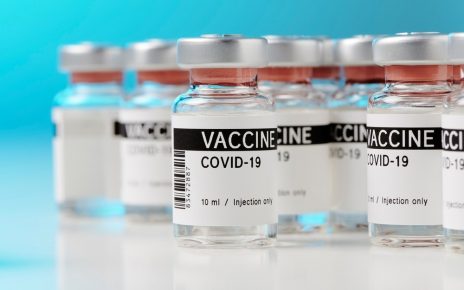Living in India and inhaling lungfulls of polluted air every day is like being a chronic smoker, said India’s State-Level Disease Burden Initiative released earlier this month. This partly explains why many people in urban India have a persistent dry and hacking cough even if they don’t have asthma or have never smoked.
Allergic cough is more common in the winter months when drop in temperature prevents air pollutants and allergens from dissipating, trapping them close to the ground in toxic concentrations to trigger asthma, allergic rhinitis, and other allergic disorders. Sudden change in temperature and cold, dry air also makes airways constrict, triggering bouts of annoying coughing that does not constrict breathing, like asthma.
While the triggers vary, ranging from air pollutants such as ozone and nitrogen dioxide, road and construction dust, pollen, smoke, damp, chalk dust to sudden change in temperature, the signs are the same. The dry, itchy throat can last for weeks to months at a time and varies in intensity from one day to the next, depending on the level of exposure to the pollutant.
Other signs of seasonal allergies are runny nose, sudden bouts of sneezing, watery and itchy eyes, and dark circles under the eyes. These dark circles, called allergic shiners, are caused by the pooling of blood under the eyes because of swollen tissue in the nasal cavities.
Dry cough can also be caused by seasonal influenza and other viral infections like the common cold, but these symptoms usually don’t last more than a week. Bouts of coughing may peak and ebb at different times of the day – you may cough more severely at night than during the day — but the fluctuations will not be as intense as in an allergic cough, which can become unstoppable if the allergen levels are high.
Viral infections are also accompanied with headache, body ache, fever and tiredness, with the cough sometimes turning mucous-filled as the infection progresses. Since these infections are self-limiting and the symptoms improve on their own after peaking for two to three days, visit a doctor only if your fever is 103 degrees F or more and lasts for more than two to three days, or you develop trouble breathing.
Infections, both viral and bacterial, can lead to complications in people with underlying health conditions such as lung or kidney disease, heart failure, chronic obstructive lung disease or asthma, so a visit to a doctor is a must if high fever lasts for more than two days. Cough with phlegm or pus accompanied with high fever, chills and difficulty breathing can also be a sign of pneumonia, which must be ruled out.
Tuberculosis, which sickens 2,800,000 people in India and kills 480,000 each year, is the other common infection that must be ruled out if the coughing persists for more than two weeks and is accompanied with weight loss.
Respiratory infections spreads from inhaling droplets released when infected people cough, sneeze or contaminate surfaces with their respiratory fluids, so avoiding people coughing and sneezing without covering their nose and mouth is a good idea. Accidentally touching contaminated surfaces in closed confined spaces, like public transport, offices and public toilets, and then touching your nose or mouth is an often overlooked mode of transmission of bacterial, viral and fungal infections. Frequent handwashing or using sanitisers can minimise this risk.
First Published: Dec 23, 2018 11:41 IST
Source: Read Full Article



